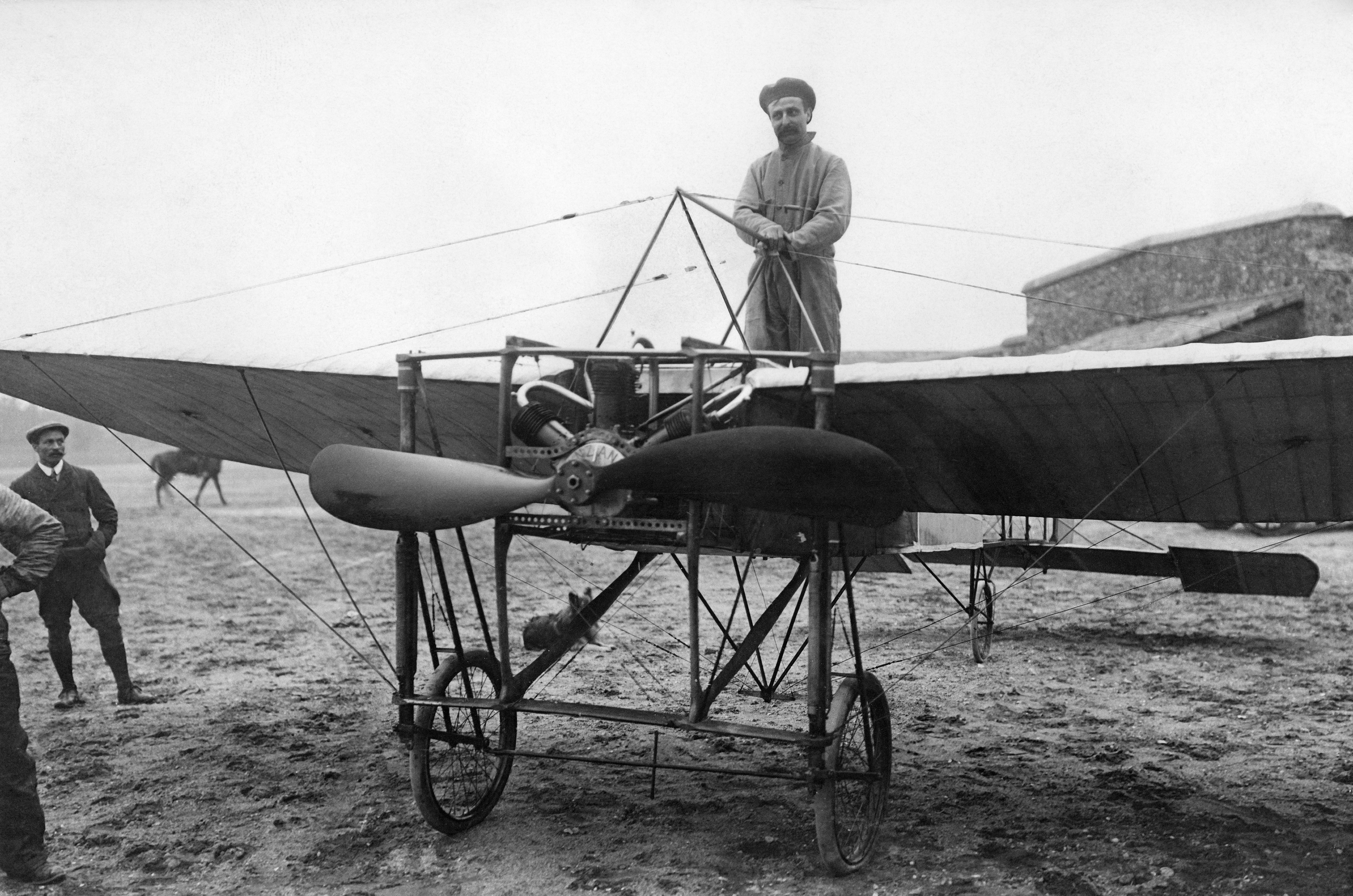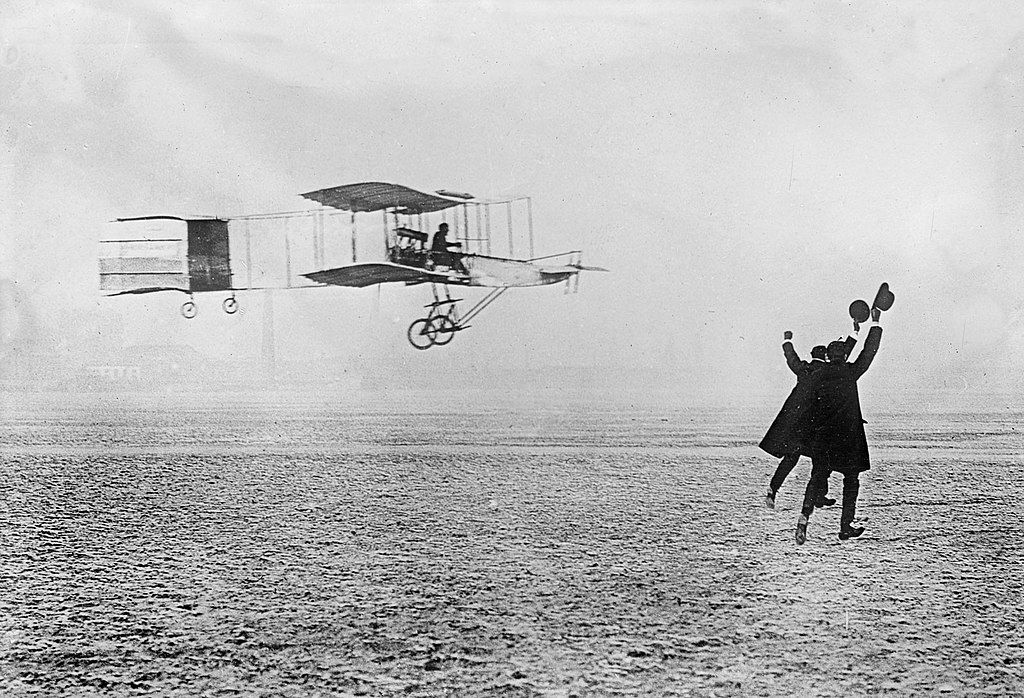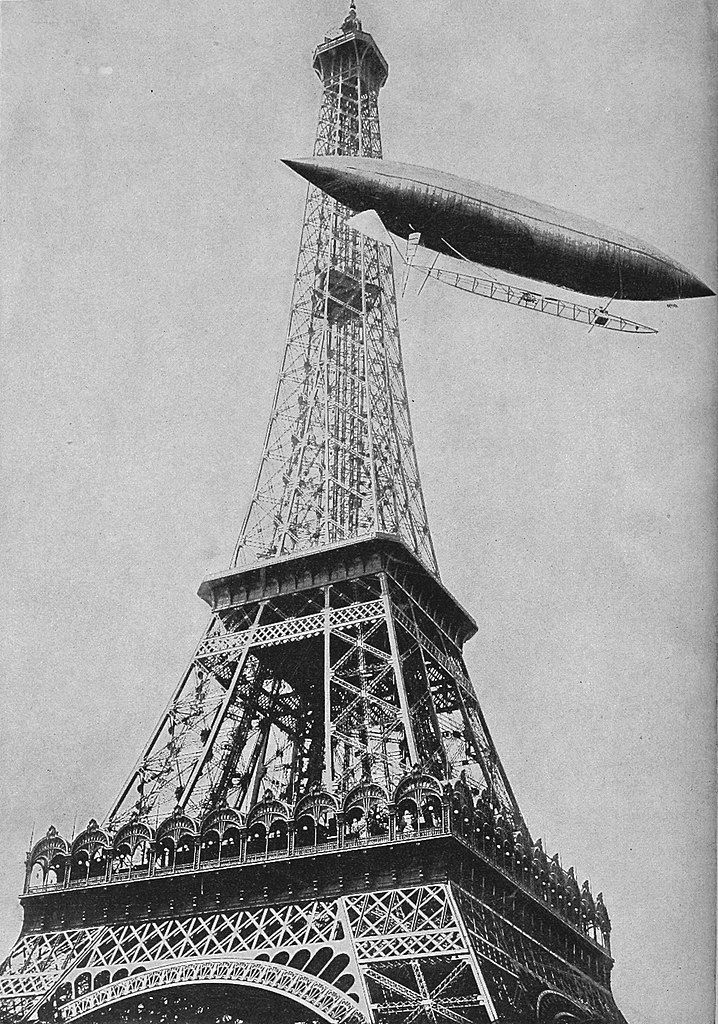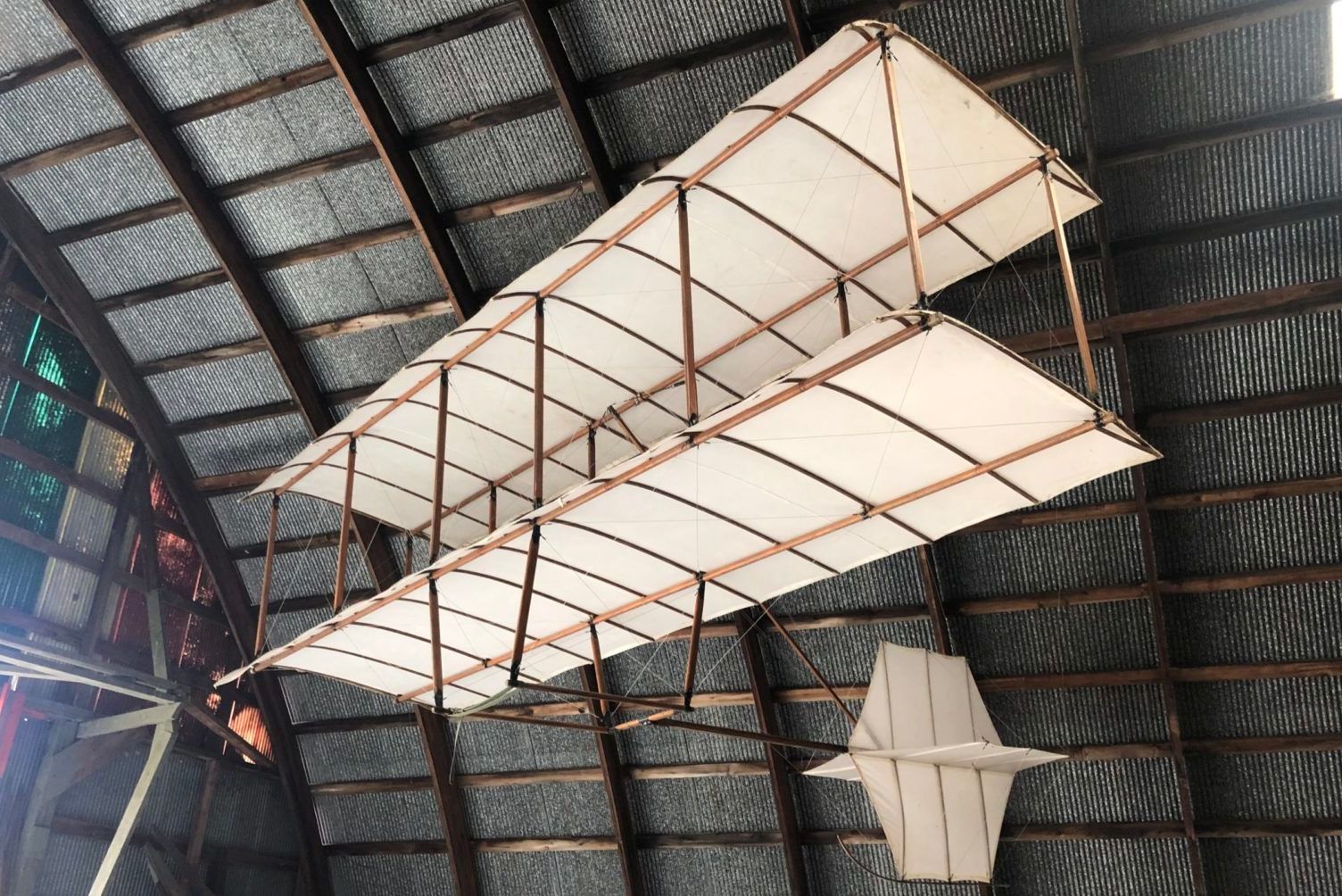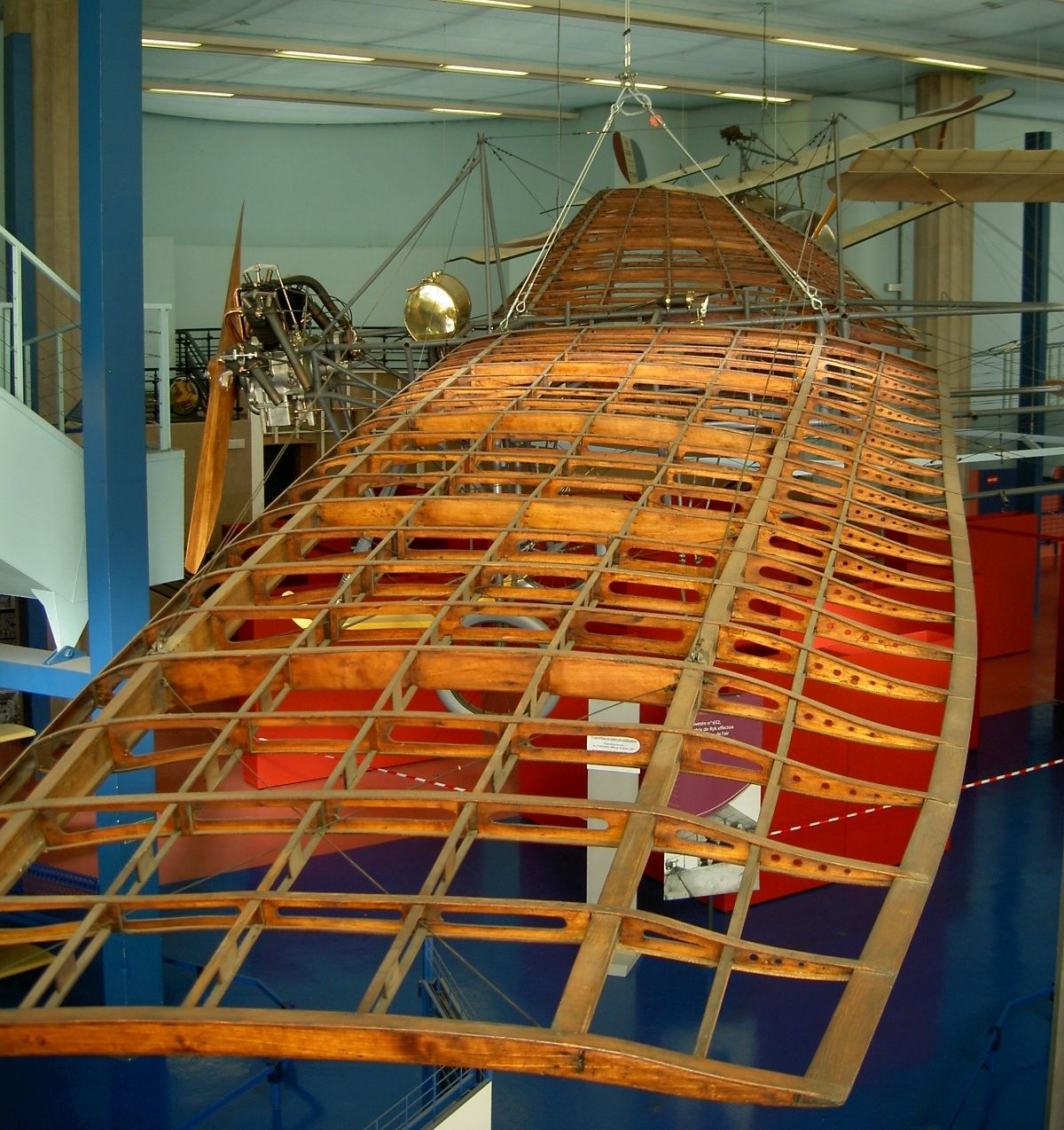Following the well-documented success of the Wright brothers, the Pioneer Era was well and truly underway in the early 20th century. Scientists, inventors, engineers, and entrepreneurs across the globe were inspired to experiment with the prospects of flight. There were numerous pioneers, all from different backgrounds around the world. All determined to take the field of aviation to new heights.
Grabbing the brass ring
The Pioneer Era is largely regarded to have lasted between the Wright brothers' first flight in a self-propelled, heavier-than-air aircraft on December 17th, 1903, and the beginning of the First World War in the summer of 1914. Yet, there were additional evolutions on either side.
During this period, countless experiments were conducted with the technology of the time, and biplanes dominated designs. Air shows such as the Grande Semaine d'Aviation, and air races such as the Gordon Bennet Trophy were all the rage.
A force to be reckoned with was France's Louis Blériot. Not afraid to cover a range of transport experiments, he created the first powered and piloted monoplane. He also implemented the concept of a single stick to handle both roll and pitch, with a foot-operated pedal for the rudder via 1908's Blériot VIII. Another legend that involved him was the Blériot XI, which is now the world's oldest airworthy aircraft.
A unit of this plane is stored at Cole Palen's Old Rhinebeck Aerodrome in New York State. Other Pioneer aircraft housed here include Alberto Santos-Dumont's Demoiselle, which is viewed as one of the first ultralight planes in the world. It was built by the Brazilian pioneer on French soil and conducted its first flight in 1907.
The museum's reproduced Curtiss Pusher aircraft are another highlight of the era. They were created by Wright competitor Glenn Curtiss, who joined the aviation world from a motorcycle and marine background.
Across the spectrum
Racers were a significant driver of aviation progress during the early 1900s. Old Rhinebeck hosts types formed by the likes of France's René and Hanriot Société de Production des Aéroplanes Deperdussin.
Of course, with World War I soon approaching, there were early military examples, including the Etrich Taub, which was the first military plane to be mass-produced in Germany.
While touring Old Rhinebeck earlier this summer, we spotted reproductions of early gliders, which helped form the pioneering ecosystem. 1896's Chanute Glider is an example of this. Octave Chanute pioneered glider flight in the US, concentrating on developing mechanized control systems.
During the tail end of the Pioneer Era, the Burgess-Collier Flying Boat, built in 1913, may have featured the first self-starting engine on a plane.
Worldwide phenomenon
Nonetheless, there were also several other risk-takers. The Fascinating World of Aviation by Jaime Fernandez shares the following examples of innovators of the time:
“Arthur Charles Hubert Latham was a French aviator He almost crossed the English Channel in his aircraft. His emergency land in the channel is known as the first landing in the water and the first smoker because the history said that Mr. Latham lighted up a cigarette waiting for his rescue. Later, he joined the aviation company, Antoinette, and established some records in altitude (1384 m). Charles Count de Lambert was a Russian aristocrat. Wilbur Wright taught him how to fly when he was in Europe with his "flyer" (1908). They flew across Paris and circled the Eiffel Tower and come back safely to the starting point in the middle of applause and hurrah.
“Gustave Whitehead was a German pioneer of aviation who lived in Connecticut. He designs and builds gliders, aircraft, and engines. His Monoplane No. 21 flew at Fairfield, Connecticut, but there is no documentation, record, or research to support the claim. There is still some controversy if he flew before the Wright Brothers. Thomas Scott Baldwin, "Captain Tom," was an American from Missouri. He was a daredevil in his red devil airplane. He did many demonstrations of ability, audaciousness, and fearlessness in different cities in America, a great showman. He did the first jump from a hot-air balloon (the father of the modern parachute). Also Captain Tom was the builder of the first practical dirigible in America.”
Stay informed: Sign up for our daily and weekly aviation news digests.
New opportunities
Altogether, the Pioneer Era was a period that saw records be set for the century ahead. For instance, the UK's Claude Grahame-White was the first the conduct a night flight amid the Daily Mail's 1910 London to Manchester race. Additionally, France's Jules Védrines became the first person to fly more than 100 mph as he won the Gordon Bennett Trophy in 1912.
Technology developed significantly in a short time. Early builds heavily relied on the internal combustion engine, and by the time the 1910s came to a close, the radial engine rose through the ranks. The rotary engine was also a notable breakthrough.
There were undoubtedly many other feats achieved during this era. Overall, we can thank these pioneers for the evolution of the aviation universe we know today.
What are your thoughts about the Pioneer Era? What do you make of the overall advancements during this period? Let us know what you think in the comment section.
Source: The Fascinating World of Aviation, Jaime Fernandez, 2020

